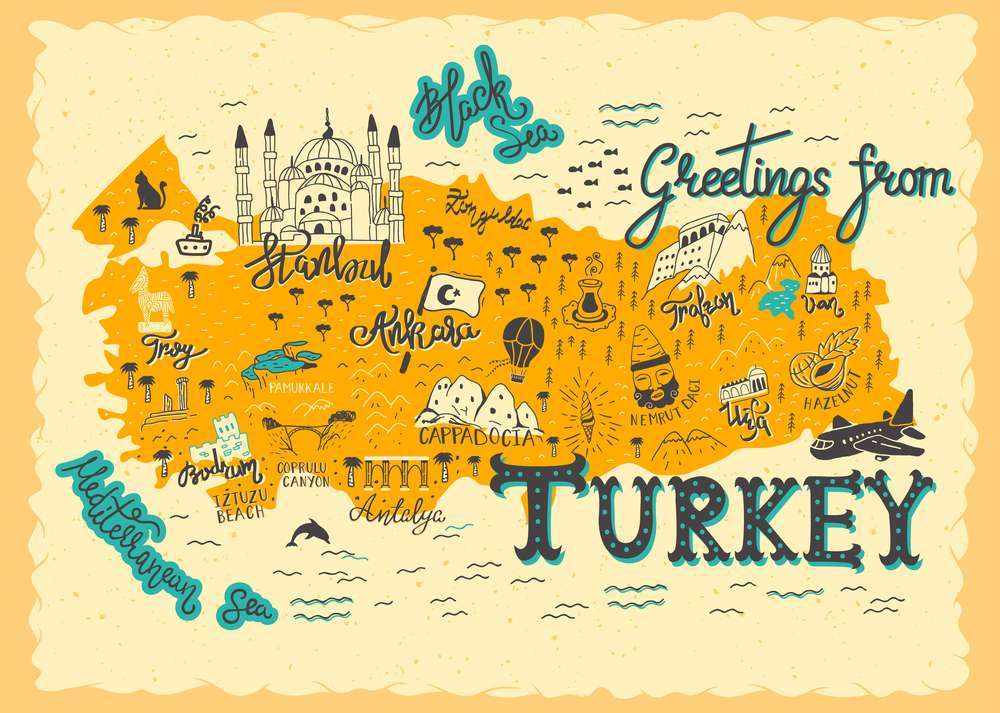Istanbul, a city that straddles two continents, stands as a living testament to the layers of history that have unfolded on its streets. At the heart of this metropolis lies the Old City, a treasure trove of Byzantine brilliance that whispers tales of empires and cultural exchange. In this article, we embark on a journey through Istanbul’s Old City, tracing the footsteps of Byzantine emperors and exploring the architectural marvels that continue to enchant visitors with their timeless splendor.
Hagia Sophia: A Symbol of Architectural Mastery
At the crossroads of history and architecture stands the iconic Hagia Sophia, a jewel in Istanbul’s crown. Originally built as a cathedral by the Byzantine Emperor Justinian I in the 6th century, it later transformed into a mosque during the Ottoman era and now stands as a museum. The Hagia Sophia is a marvel of Byzantine architecture, with its massive dome, intricate mosaics, and stunning blend of Christian and Islamic elements. Its grandeur reflects the ambitions of the Byzantine Empire and its enduring legacy in Istanbul.
Turkey Visa for Dominica Republic Citizens
Byzantine Walls: Guardians of Constantinople
The mighty walls that encircle the Old City bear witness to the strategic genius of the Byzantine engineers. Constructed in the 5th century and continuously fortified over the centuries, these walls served as the impregnable defenses of Constantinople. The impressive scale of the walls, along with their watchtowers and gates, narrates the tale of a city that withstood countless sieges and invasions. Today, walking along the remnants of these walls provides a tangible connection to the Byzantine past.
Chora Church: A Mosaic Masterpiece
Nestled within the city lies the Chora Church, a gem that encapsulates Byzantine artistic brilliance. Originally built as a monastery in the 4th century, the current structure dates back to the 11th century. The interior of the Chora Church is adorned with mesmerizing mosaics and frescoes depicting scenes from the life of Christ and the Virgin Mary. The intricate details and vibrant colors transport visitors to a time when Byzantine artists mastered the art of visual storytelling.
Hippodrome of Constantinople: The Sporting and Social Hub
The ancient Hippodrome, once the bustling center for chariot races and public gatherings, reflects the social and recreational life of Byzantine Constantinople. Although much of the original structure is no longer standing, the remnants of the Serpent Column, Obelisk of Theodosius, and the German Fountain offer glimpses into the grandeur of this historical arena. The Hippodrome was not only a venue for entertainment but also witnessed significant political and social events during the Byzantine era.
Topkapi Palace: The Imperial Residence
Sitting majestically on the Seraglio Point overlooking the Golden Horn, Topkapi Palace served as the residence of Byzantine and Ottoman rulers for centuries. Initially built as a palace complex by Mehmed the Conqueror in the 15th century, it houses an impressive collection of artifacts, including treasures from the Byzantine era. The Harem, the Imperial Council Chamber, and the Pavilion of the Holy Mantle provide a glimpse into the opulent lifestyle of Byzantine and Ottoman royalty.
Basilica Cistern: Subterranean Marvel
Beneath the bustling streets of Istanbul lies the Basilica Cistern, a subterranean marvel that harks back to the Byzantine era. Constructed by Emperor Justinian in the 6th century, this vast underground cistern features rows of columns rising from still waters. The dimly lit space, accompanied by the gentle sound of dripping water, creates an otherworldly atmosphere. The cistern served as a crucial water reservoir for the city and is a testament to Byzantine engineering ingenuity.
Conclusion
Traversing the streets of Istanbul’s Old City is akin to stepping into a time capsule that encapsulates the grandeur of the Byzantine Empire. Each monument, from the towering Hagia Sophia to the intricate mosaics of the Chora Church, tells a story of innovation, cultural exchange, and imperial ambition. As the call to prayer echoes through the narrow lanes and the cityscape shifts between minarets and domes, Istanbul stands as a living testament to the resilience and adaptability of Byzantine brilliance. The Old City, with its architectural masterpieces and historical landmarks, invites visitors to embark on a captivating journey through time, where the echoes of empires still resonate in the vibrant energy of modern-day Istanbul.
More articles: Exploring Religious Diversity in Turkey


